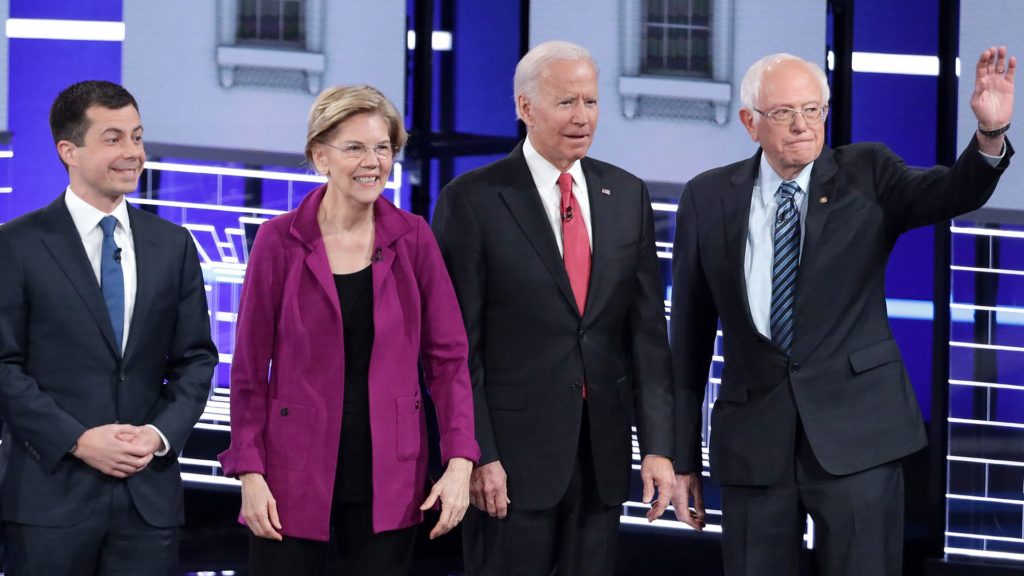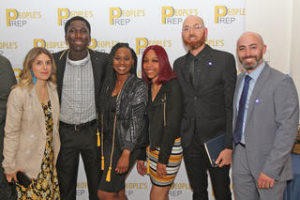This is a guest post by Richard Buery, Chief of Policy and Public Affairs at the KIPP Foundation. He leads efforts to grow the KIPP network and advocate for policies that make it easier for students to afford college and overcome other barriers to success. It was originally published at Education Post.
Where do Democratic candidates stand on public education? After last month’s Forum on Education, we know that the candidates are committed to increasing the federal investment in public education and ensuring that public education provides real opportunity for our most underserved students. The Forum was subtitled “Equity and Opportunity for All.” Surely, that is a vision we can all embrace.
According to the Center for Research on Education Outcomes at Stanford University, public charter schools in urban areas provide significantly higher levels of annual growth in both math and reading compared to other public schools, with the most significant gains coming to Black, Latinx and special education students. And, public charter schools reach underserved students at a higher rate than traditional district schools, according to Education Week. Based on this data, achieving “Equity and Opportunity for All” should include investing in high-quality, urban, public charter schools.
Yet, the public charter school community was not invited to the Forum. One hundred charter school parents took time off work, traveled hours by bus and stood in the rain, hoping for an opportunity to ask the presidential candidates about their commitment to equity and excellence. They were not allowed in. Most candidates dodged any discussion of public charter schools, and why they should not be a part of an “Equity and Opportunity” agenda
The role that public charter schools can and should play in fulfilling America’s promise to its children is a critical one. And we should take every opportunity to have a real discussion; one that includes the students, parents, alumni and teachers who are the heart of pubic charter schools. Presidential candidates should not shy away from listening to and learning from these voices.
The truth is that there is a real opportunity for supporters of all public schools—district and charter—to come together to advocate for equity and opportunity. For example,
- We at KIPP agree that the federal government should expand investments in Title I and the Individuals with Disabilities Education Act, and provide more social services in our public schools. (In fact, 88% of KIPP students qualify for Title I).
- We support expanding funding for the HBCUs (Historically Black Colleges and Universities) and HSIs (Hispanic Serving Institutions) where so many of our alumni thrive. We were proud to stand with the UNCF and others to support the passage of the FUTURE Act, which will restore $255 million in funding to minority-serving institutions.
- We agree on the critical need to diversify the teaching force. According to a study led by John Hopkins University, the presence of more diverse teachers creates a lasting influence that can be measured in increased graduation rates. At KIPP, that commitment has resulted in a teacher population that is 57% African American and Latinx, compared to 16% nationally.
- And we are committed to sharing best practices with district schools, as we do in districts across the country, and in learning from the many excellent district schools with which we collaborate nationwide.
With more than 3 million public charter students (and one million on waiting lists), public charter schools are the schools of choice for many African American and Latinx students and families seeking a high-quality public education. Poll after poll reinforces the basic idea that voters—especially Black and Latino voters—not only support public education but believe that parents should have choices about the public education their children receive.
“Equity and Opportunity for All,” is more than just a slogan. Presidential candidates should listen to the parents who choose public charter schools every day. And rather than pitting schools against each other, we should come together to support all public schools.




